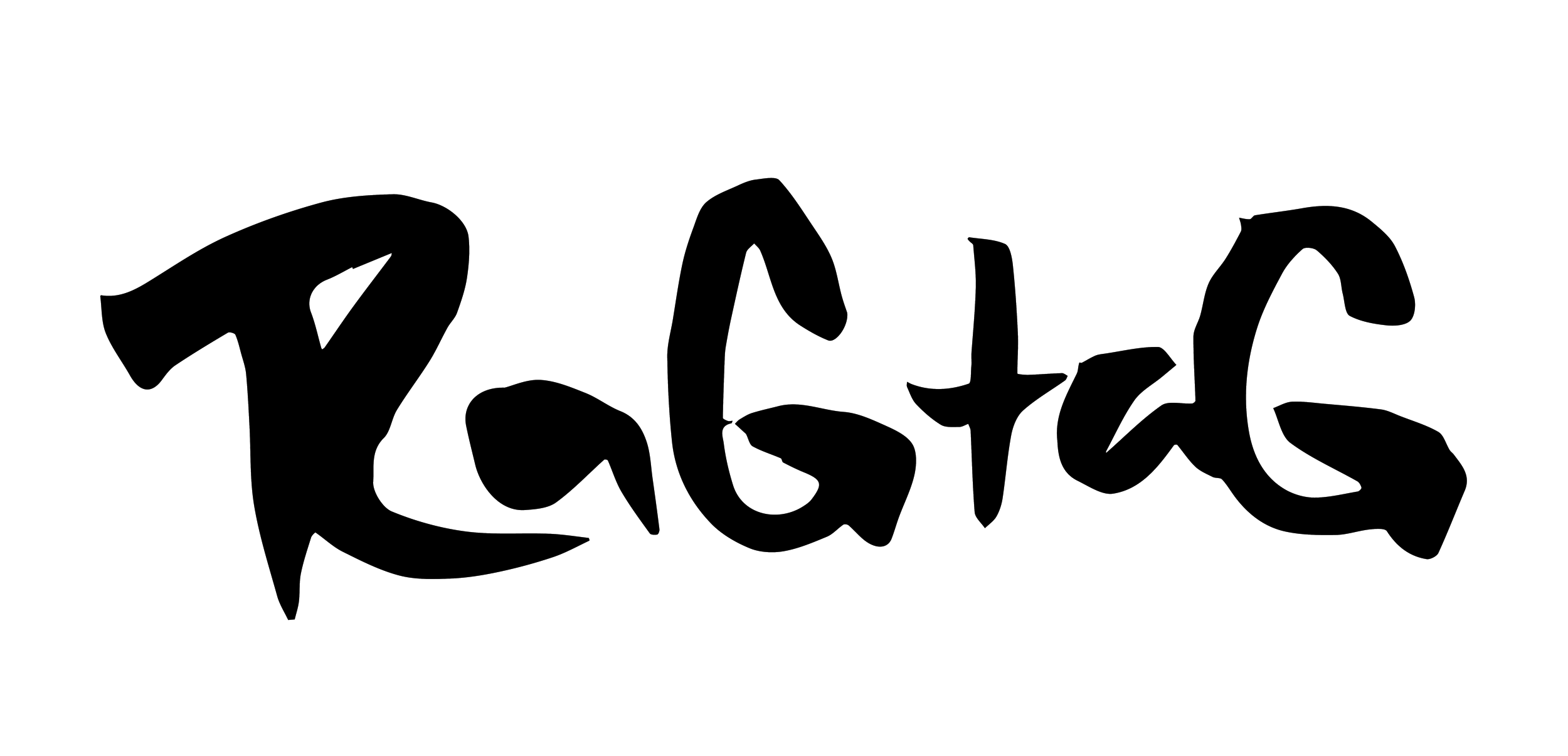Ragtag Empire: Teaching Philosophy | Updated Jan 2022
Ragtag classes are guided by the belief in two principles: the power of the collective and that virtuosity comes only through practice.
In the black vernacular, mimicry, musicality, expressiveness, and performing for the group offer built-in learning and teaching tools for vernacular jazz. Our goal is to offer a classroom where the Africanist aesthetic and historical lineages of jazz are inescapably embodied and articulated.
Vernacular Jazz is inherently political, in a sense, as is all dance as an embodiment of cultural values. Vernacular Jazz is designed for collective improvisation, personal experimentation, and learning-in-the-doing. Its basic skills can be learned by anyone regardless of previous dance experience, body type, or learning style. It can be done sustainably in the body over time, modified to suit the dancer.
In Ragtag Empire classes we aim to emphasize mastery of foundational vocabularies and historical awareness of these vocabularies.
More specifically:
Mimicry or ‘following’ teaches listening and one-ups-man-ship, without relying on spoken language.
Scatting and singing teach how to map movement into a groove. They are aural tools for self-evaluation without a mirror. Access to the voice facilitates access to one's whole body.
Each-One-Teach-One: Students work peer to peer to troubleshoot material together. Each-one-teach-one also embodies pedagogical responsibility as each student becomes responsible for knowing how to transmit the material to another. This applies to use as teachers too. We observe and take each others’ classes to help each other and ourselves see things anew, and continually improve. [*B-boys and b-girls taught us this phrase.]
Center of Attention: Encircling a student with the full class’ attention to witness a student perform material, or articulate a question. The dancer performing for the group is practicing performance under pressure, like in a jam/cypher, as well as the skill of incorporating feedback on the spot. This practice normalizes struggling to ‘get it.’ While it can be scary at first, it becomes a powerful learning opportunity and builds more compassionate and articulate dancers and teachers.
As teachers, in designing and executing our classes, we remind ourselves of these mottos:
Train question asking, observation, and problem solving.
Drill the skill of drilling.
Talk less and show more.
These apply not just to movement patterns but to the historical context of the dance: Show historical footage and ask students what they see, rather than giving a five minute lecture.
We encourage students to pursue progress over perfection: help students break down their ‘reach’ goals into attainable strategies and measurable practices.
Why UMA?:
Ragtag Empire partners with Urban Movement Arts because we believe in physically and materially putting Lindy Hop in a black vernacular home. UMA is a black owned business, run by hip-hop heads and African diasporic artists. (Lily helped open and operate UMA from 2017-2020 and has seen it from the inside out.) The majority of UMA’s teaching staff have made their bones in battles and in the cypher, and we challenge ourselves as Ragtag teaching staff to do the same.
We hope Ragtag teachers find artistic connections and physical challenges in the classes at UMA or other African diasporic traditions in Philly. This is grounded in a historical precedent and a belief in a more heterogeneous vernacular jazz future. Many of the OGs we learn from practiced a variety of dance styles to their corresponding musical traditions, ranging from Norma Miller’s study with Katherine Dunham to the first generation of Whitey’s Lindy Hoppers getting down with tangos, and ‘ballroom’ when the music was right. Lindy is an amazing gateway to other dance styles. It is important to Ragtag that students find the dancing and the music that moves them.
(c) Lily Kind & Ragtag Empire LLC, 2022
